Phyllanthaceae Tree
- March 13, 2024
- 0 comment
The Phyllanthaceae family comprises a diverse group of flowering plants, commonly known as the Phyllanthus family. These trees, shrubs, and herbs are found in tropical and subtropical regions worldwide, including parts of Africa, Asia, Australia, and the Americas.
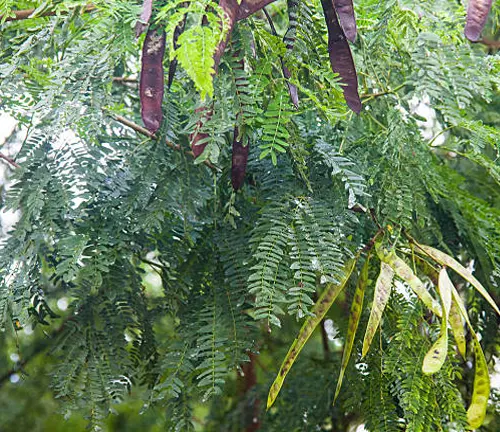
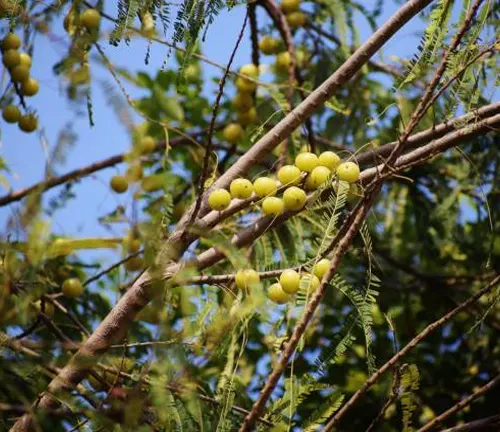
Another well-known member is Phyllanthus niruri, often called chanca piedra or stonebreaker. It’s traditionally used in herbal medicine for its purported ability to support kidney health and promote urinary tract health.
A botanical marvel belongs to the family Phyllanthaceae, encompassing a diverse array of species renowned for their ecological significance and cultural importance. Let’s delve into the characteristics and allure of this remarkable tree.
| Characteristics | Description |
|---|---|
| Scientific Name | Phyllanthaceae |
| Common Names | The Phyllanthaceae tree goes by various common names, including the Amla tree, Emblica officinalis, and Phyllanthus niruri, depending on the species. |
| Family | Phyllanthaceae |
| Native Region | Indigenous to tropical and subtropical regions worldwide, Phyllanthaceae trees thrive in diverse ecosystems, from lush rainforests to arid deserts. |
| Plant Type | Phyllanthaceae species encompass trees, shrubs, and herbs, exhibiting a wide range of growth habits and morphological traits. |
| Size | The size of Phyllanthaceae trees varies greatly depending on the species and environmental conditions. Some species may grow into towering trees, while others remain small shrubs or herbs. |
| Leaves | Phyllanthaceae trees typically feature small, glossy leaves arranged in an alternate pattern along the branches. The leaves may vary in size, shape, and coloration among different species. |
| Flowers | Phyllanthaceae trees produce inconspicuous flowers that may be solitary or clustered, often with greenish-yellow hues. While not visually striking, these flowers play essential roles in the tree’s reproductive cycle. |
| Propagation | Phyllanthaceae trees can be propagated through various methods, including seed germination, cutting propagation, and grafting techniques, depending on the species and desired outcomes. |
| Drought Tolerance | Many Phyllanthaceae species exhibit moderate to high drought tolerance, allowing them to thrive in regions with erratic rainfall patterns and arid climates. |
| Cultural Uses | Throughout history, Phyllanthaceae trees have held cultural significance in various societies, serving as sources of food, medicine, and spiritual symbolism. |
| Ecological Role | Phyllanthaceae trees play crucial ecological roles, providing habitat and food for numerous wildlife species, contributing to ecosystem stability and biodiversity. |
| Notable Species | Some notable species within the Phyllanthaceae family include the Amla tree (Emblica officinalis), renowned for its edible fruits rich in vitamin C, and Phyllanthus niruri, valued for its medicinal properties. |
| Hardiness Zones | The hardiness zones for Phyllanthaceae trees vary depending on the species, with many species adapted to tropical and subtropical climates. |
| Growth Rate | Phyllanthaceae trees exhibit varying growth rates, influenced by factors such as environmental conditions, soil quality, and species characteristics. |
| Lifespan | The lifespan of Phyllanthaceae trees ranges from several years to several decades, with some long-lived species enduring for centuries under favorable conditions. |
Botanical Beauty of “Phyllanthaceae”
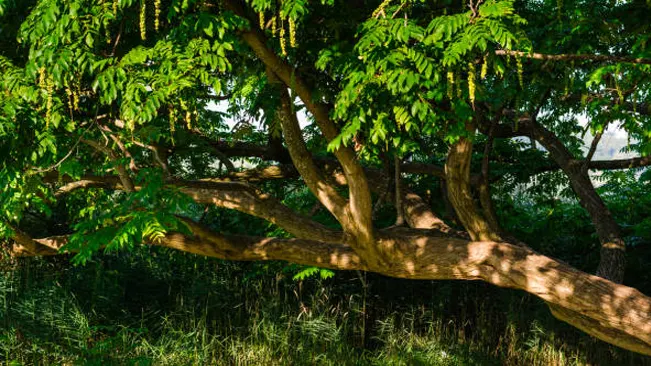
The Botanical Beauty of Phyllanthaceae Tree refers to the aesthetic appeal and inherent charm exhibited by members of the Phyllanthaceae family. It encompasses the graceful form, slender branches, and glossy leaves characteristic of these trees, which evoke a sense of tranquility and natural splendor. Whether standing tall in forest canopies or adorning gardens with their verdant charm, Phyllanthaceae trees exude an air of woodland elegance that captivates observers. This concept highlights the visual allure and intrinsic beauty of Phyllanthaceae trees, celebrating their role in enhancing landscapes and connecting individuals to the natural world.
Woodland Elegance
Phyllanthaceae trees exude an air of woodland elegance with their slender branches, glossy leaves, and graceful form. Whether standing tall in the forest canopy or adorning gardens with their verdant charm, these trees evoke a sense of tranquility and natural splendor.
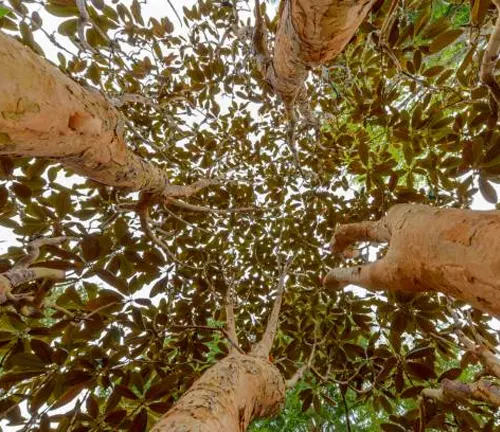
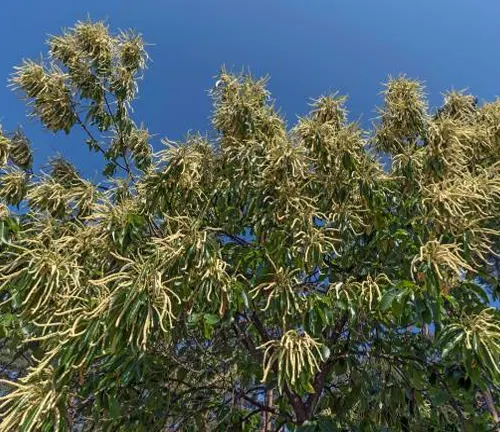
Ecological Importance
Beyond their aesthetic appeal, Phyllanthaceae trees play a vital ecological role, providing habitat and sustenance for diverse wildlife species. Their presence contributes to ecosystem stability, biodiversity, and the intricate web of life that sustains ecosystems worldwide.
Cultivation and Conservation
While many Phyllanthaceae species thrive in their natural habitats, some are cultivated for their ornamental beauty, medicinal properties, or economic value. Conservation efforts focus on preserving their habitats, promoting sustainable cultivation practices, and raising awareness about their ecological significance.

Fragrance
Some Phyllanthaceae species emit fragrant aromas from their flowers or foliage, adding olfactory allure to their botanical charm. Whether perfuming the air with sweet scents or exuding subtle notes of freshness, these trees captivate with their sensory appeal.

Soil Stabilization
Phyllanthaceae trees play a crucial role in soil stabilization, with their extensive root systems anchoring soil particles and preventing erosion in vulnerable landscapes. Their presence helps maintain soil integrity, protect against landslides, and safeguard ecosystems from the ravages of erosion.
Common Uses
Phyllanthaceae trees boast a myriad of practical uses, from providing timber for construction and furniture-making to yielding edible fruits and medicinal extracts. Whether harvested for their wood, fruits, or medicinal properties, these trees enrich human lives and livelihoods in diverse ways.
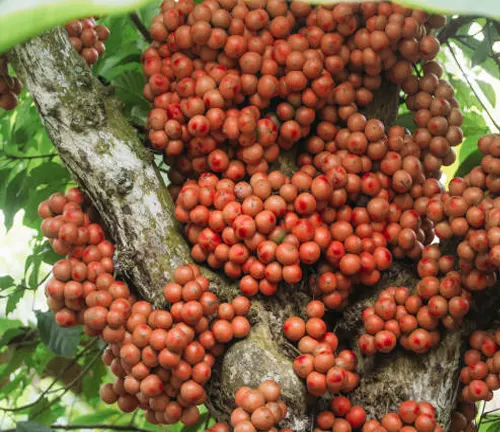
Benefits
The benefits of Phyllanthaceae trees extend beyond their tangible contributions, encompassing intangible values that enrich our lives and ecosystems. Whether admired for their beauty, cherished for their cultural significance, or revered for their ecological importance, these trees inspire awe and reverence, connecting us to the natural world in profound ways.
Different Species

Phyllanthus amarus
It is commonly referred to as the “stonebreaker,” is celebrated for its medicinal properties, notably in the treatment of kidney stones and liver disorders. Its renown stems from traditional usage and ongoing research, making it a valuable asset in natural medicine.
Phyllanthus emblica
Indian gooseberry or Amla, yields small, sour fruits abundant in vitamin C and antioxidants, highly valued for their health-enhancing properties. This species holds significance in traditional medicine and culinary practices, offering a natural source of nutrients and wellness benefits.
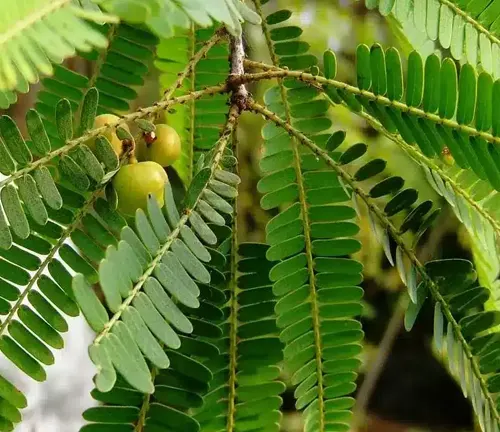

Breynia disticha
the “snow bush,” is prized for its ornamental foliage, characterized by variegated leaves displaying vibrant hues of green, white, and pink. This species is cultivated for its aesthetic appeal, adding a touch of color and visual interest to gardens and landscapes.
Phyllanthus urinaria
Phyllanthus urinaria, also referred to as “chamberbitter” or “gripeweed,” is esteemed in traditional medicine for its diuretic and anti-inflammatory attributes. This species holds significance for its therapeutic potential, offering relief for various ailments through its natural properties.
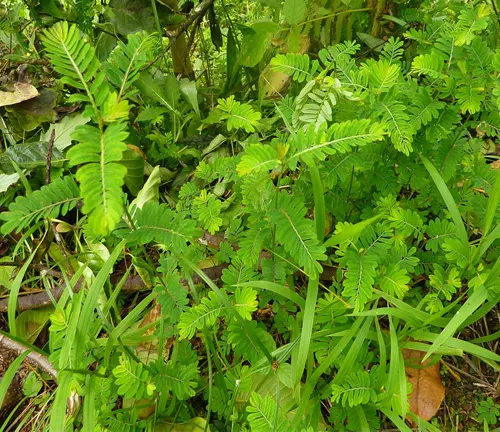

Phyllanthus tenellus
It is commonly known as “dwarf leaf phyllanthus,” is favored in landscaping due to its compact growth habit and delicate foliage. This species is sought after for its ability to add subtle beauty to garden spaces with its low-growing nature and graceful leaves.
Sauropus androgynous
It often referred to as “sweet leaf” or “katuk,” is cultivated for its nutritious edible leaves, abundant in vitamins and minerals. This species is valued for its culinary versatility and health benefits, making it a popular choice for home gardens and agricultural cultivation.
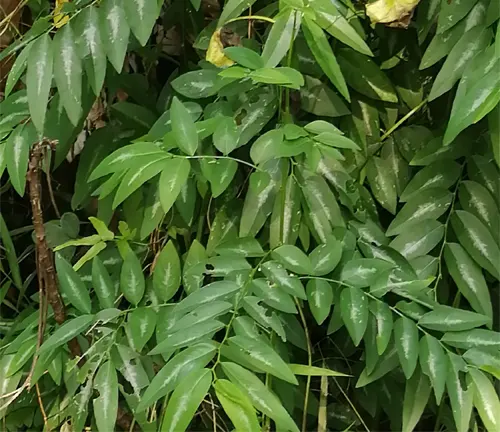
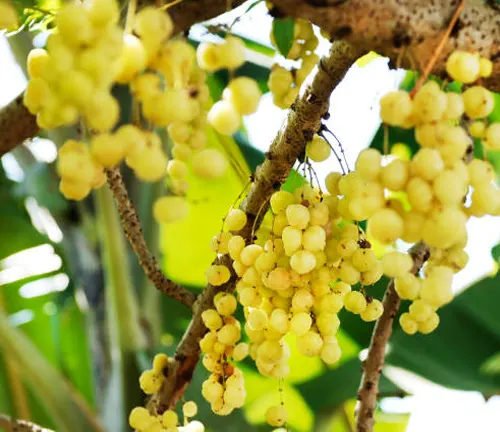
Phyllanthus acidus
The “Otaheite gooseberry” or “star gooseberry,” bears tart fruits utilized in both culinary dishes and traditional medicinal practices. This species holds significance for its versatile fruits, which add a tangy flavor to various recipes while also being valued for their potential health benefits in natural medicine.
Frequently Asked Questions (FAQs)
- What are Phyllanthaceae trees?
- Phyllanthaceae trees are a diverse family of flowering plants found in tropical and subtropical regions worldwide, known for their ecological significance and cultural importance.
- What are the common uses of Phyllanthaceae trees?
- Phyllanthaceae trees have various uses, including providing timber for construction, yielding edible fruits, serving as sources of traditional medicine, and contributing to ecosystem stability.
- Are Phyllanthaceae trees drought tolerant?
- Many Phyllanthaceae species exhibit moderate to high drought tolerance, allowing them to thrive in regions with erratic rainfall patterns and arid climates.
- How do Phyllanthaceae trees contribute to biodiversity?
- Phyllanthaceae trees provide habitat and food for numerous wildlife species, contributing to ecosystem stability, and biodiversity.
- What are some notable species of Phyllanthaceae trees?
- Notable species include the Amla tree (Emblica officinalis), Phyllanthus niruri, Phyllanthus amarus, and Breynia disticha, each with its unique characteristics and ecological roles.
- How can one propagate Phyllanthaceae trees?
- Phyllanthaceae trees can be propagated through various methods, including seed germination, cutting propagation, and grafting techniques, depending on the species and desired outcomes.
- What are the cultural uses of Phyllanthaceae trees?
- Throughout history, Phyllanthaceae trees have held cultural significance in various societies, serving as sources of food, medicine, and spiritual symbolism.
- Are there any conservation efforts for Phyllanthaceae species?
- Yes, conservation efforts include protected area management, cultivation programs, and public awareness campaigns aimed at preserving the habitats of Phyllanthaceae trees and addressing threats such as habitat loss and climate change.
- How do Phyllanthaceae trees contribute to soil stabilization?
- Phyllanthaceae trees play a crucial role in soil stabilization, with their extensive root systems anchoring soil particles and preventing erosion in vulnerable landscapes.
- What is the lifespan of Phyllanthaceae trees?
- The lifespan of Phyllanthaceae trees ranges from several years to several decades, with some long-lived species enduring for centuries under favorable conditions.




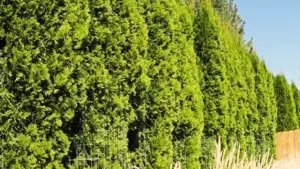

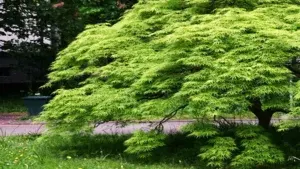
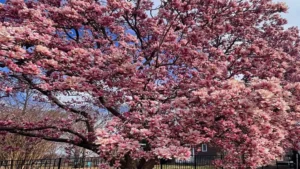




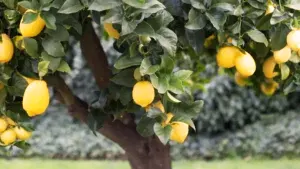
Leave your comment